15 Times Technology In Old TV Shows Accidentally Predicted The Future
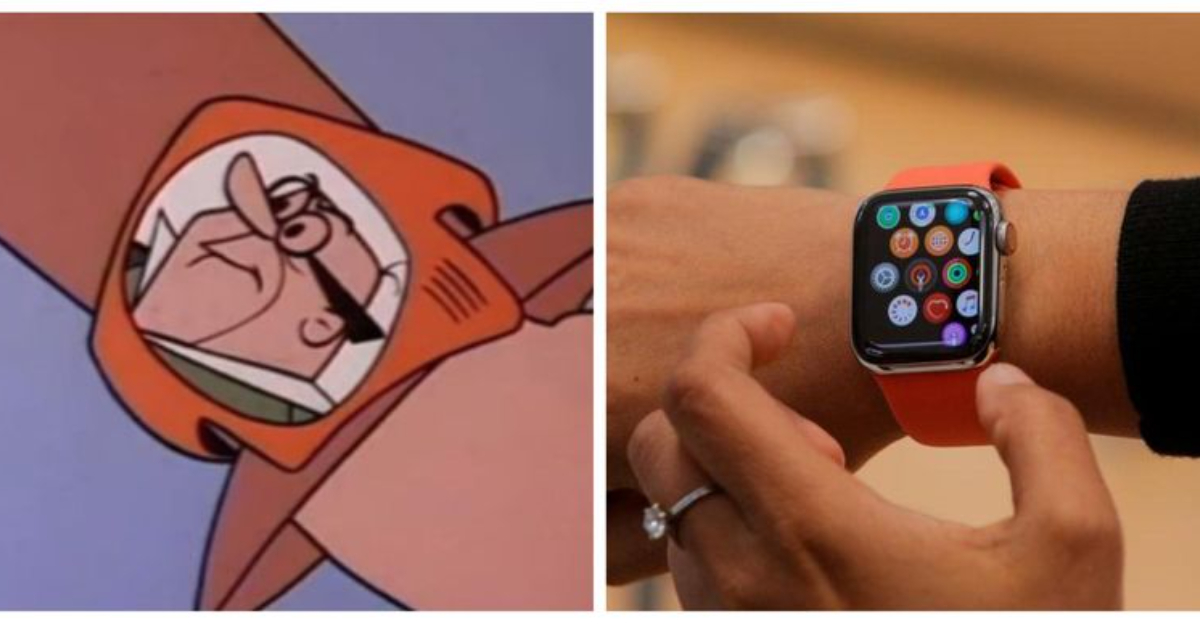
Remember those old-school sci-fi shows where characters ran around with strange gadgets that looked like toys from another planet? As a kid, I’d sit cross-legged in front of the TV on Saturday mornings, cereal in hand, giggling at the absurd contraptions and over-the-top inventions.
Jetpacks? Laser watches? Talking computers? Yeah, right! Or so I thought. Turns out, those wild-eyed TV writers weren’t just spinning silly tales — they were accidentally predicting the future.
Fast forward a few decades, and here we are casually chatting on video calls, using pocket-sized communicators (hello, smartphones), and asking AI assistants to play our favorite songs or dim the lights. What once felt like pure fantasy has quietly crept into everyday reality.
Those cheesy special effects and plastic props now look less ridiculous and more like early prototypes. Who knew our cereal-fueled imaginations were glimpses into the tech-powered world we actually live in today?
1. Star Trek’s Flip-Phone Forerunner
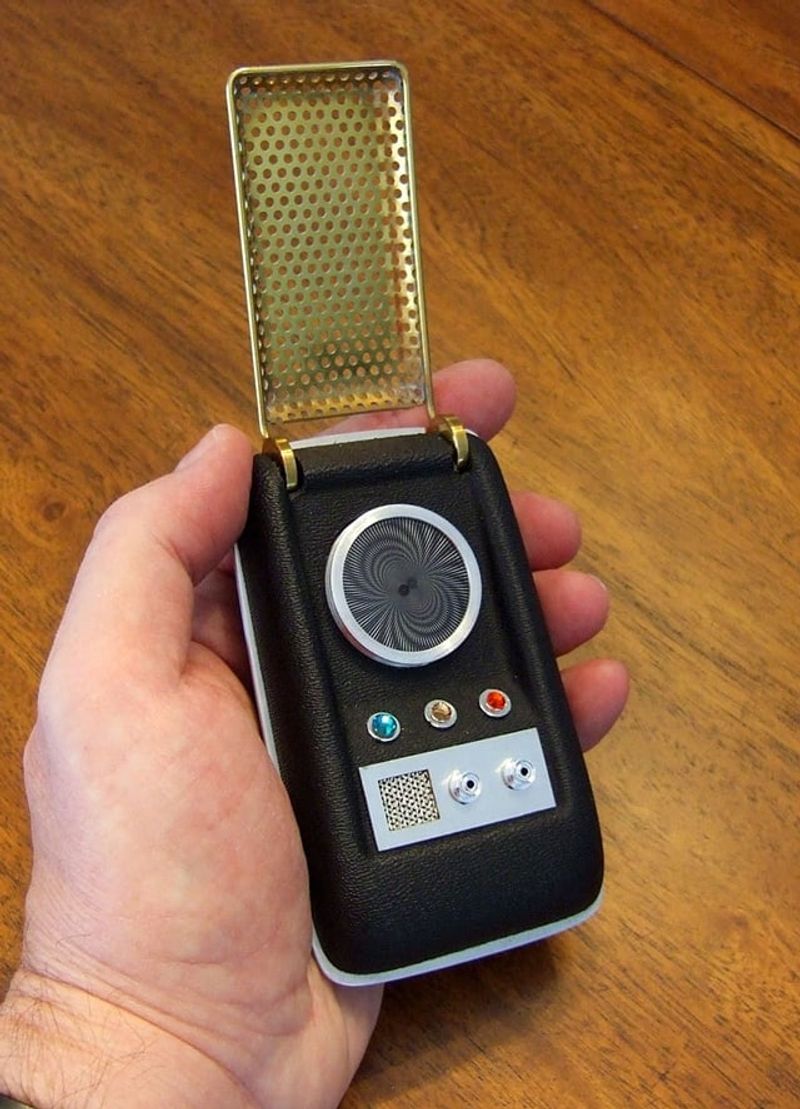
Captain Kirk’s communicator blew my mind as a kid, but I never imagined I’d eventually carry something similar in my pocket! The iconic 1960s Star Trek communicator, with its flip-open design and wireless communication capabilities, essentially predicted the mobile phones that would emerge decades later.
Martin Cooper, who invented the first handheld mobile phone at Motorola in 1973, directly credited the Star Trek device as his inspiration. When Motorola released the StarTAC in 1996, the resemblance was uncanny—right down to the satisfying flip action.
The similarities didn’t stop at appearance. Both allowed long-distance communication without wires, were portable enough to carry on your person, and featured that distinctive flip-to-activate mechanism that became the hallmark of early 2000s phone design.
2. The Jetsons’ Smartwatch Revolution
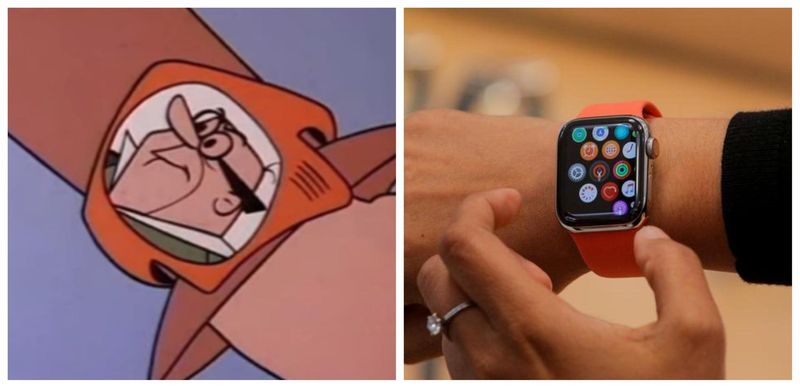
Watching George Jetson video chat on his wristwatch in 1962 seemed like pure fantasy during my childhood reruns. The futuristic cartoon family regularly used wrist-worn devices that could make video calls, display the news, and even stream entertainment—all from their wrists!
Fast forward to today, and my Apple Watch does nearly everything the Jetsons’ watches did. Modern smartwatches allow us to take calls, read messages, check news updates, and even stream videos, all while tracking our health metrics—something even the Jetsons’ creators didn’t anticipate.
What makes this prediction particularly impressive is that it came decades before the miniaturization of electronics would make such devices possible. The show’s creators envisioned wearable tech nearly 50 years before the first commercially successful smartwatches hit the market!
3. Max Headroom’s Eerie Internet Prophecy
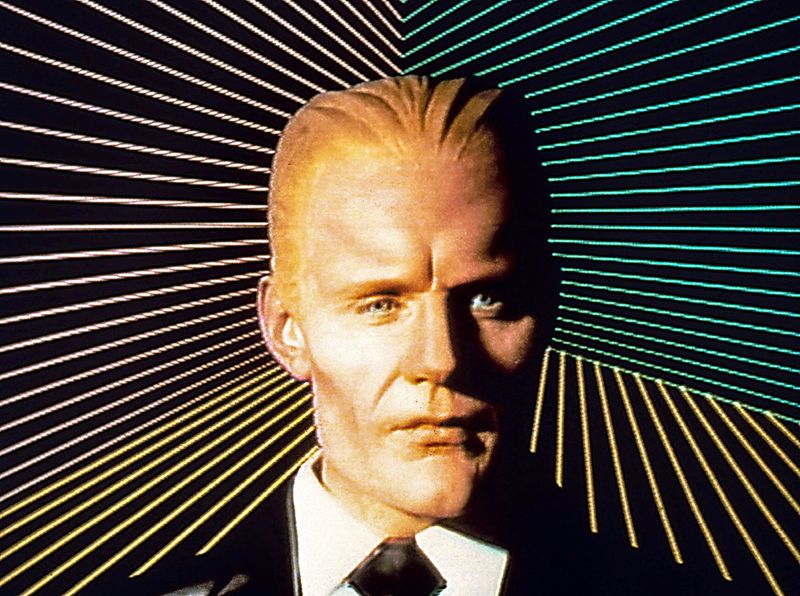
The bizarre 1980s character Max Headroom freaked me out as a kid, but his world now feels strangely familiar. This stuttering, glitchy AI personality inhabited a dystopian future where media corporations controlled digital networks that connected everyone’s computers and television sets.
Sound familiar? This show essentially predicted the internet, streaming services, and even the concept of digital personalities years before the World Wide Web existed. Max himself—an AI-generated character who lived in digital space—foreshadowed today’s virtual influencers and AI companions.
The show even anticipated data security issues and hacking concerns that plague our modern digital landscape. When hackers interrupted a broadcast in the show, it eerily mirrored real-world concerns about digital security that would emerge decades later as our lives became increasingly connected.
4. The Simpsons’ Smartwatch Forecast
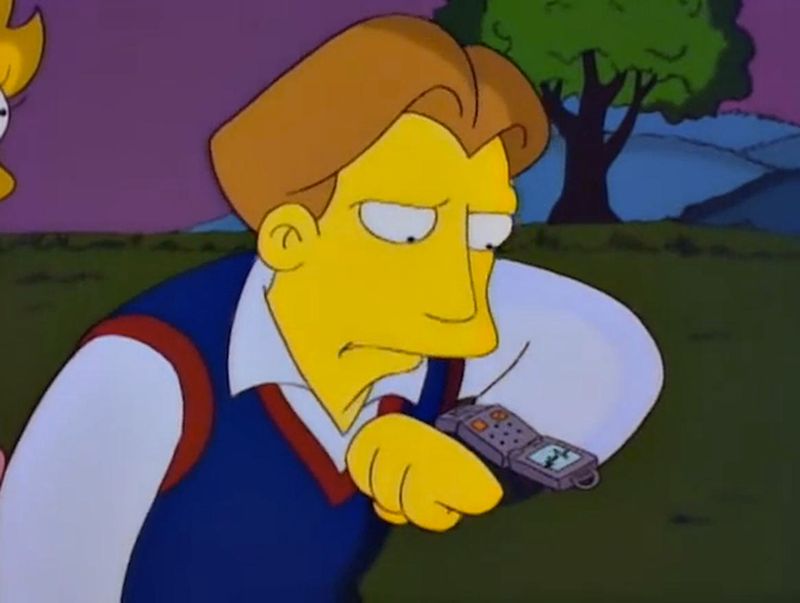
In a 1995 episode titled “Lisa’s Wedding,” set in the future, The Simpsons showed characters using watch-phones that could make calls. I remember laughing at how ridiculous that seemed while munching popcorn on my living room floor!
The yellow-skinned prophets of Springfield didn’t stop there. The same episode featured voice-activated devices, robot librarians, and video calling technology that wouldn’t become mainstream until decades later with FaceTime and Zoom.
What’s particularly impressive about The Simpsons’ prediction is the casual way these technologies were integrated into daily life—not as spectacular innovations but as mundane conveniences. This accurately reflects how we now treat our smartwatches and voice assistants; they’ve become so commonplace we hardly notice them anymore.
5. Total Recall’s Video Call Revolution
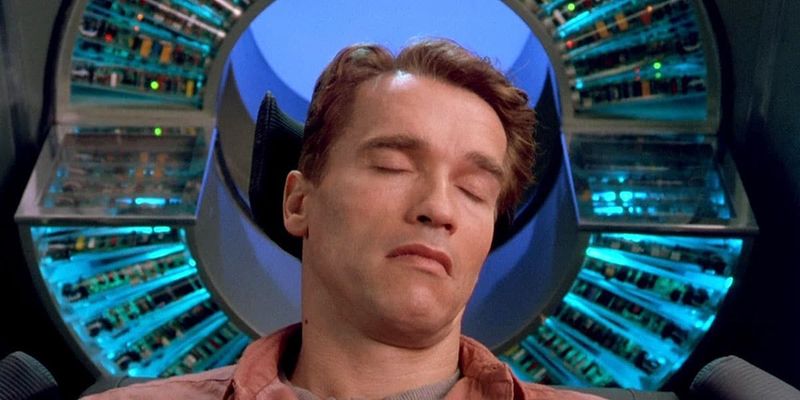
While rewatching the 1990 sci-fi classic Total Recall recently, I nearly spilled my drink when I spotted something eerily familiar—Arnold Schwarzenegger using what looked exactly like a modern video call! The film featured a video phone booth that allowed characters to communicate face-to-face across distances, complete with color screens and real-time interaction.
Though technically a movie rather than a TV show, this prediction deserves recognition for its accuracy. The film even got the aesthetic right—the rectangular screen format and camera positioning mirror almost exactly how we frame ourselves during Zoom calls today.
What’s fascinating is that this technology was portrayed as somewhat ordinary and accessible to average citizens, not just military or corporate elites. This correctly anticipated how video calling would eventually become democratized through services like Skype, FaceTime, and Zoom, available to anyone with a smartphone or computer.
6. Knight Rider’s Voice-Activated Assistant
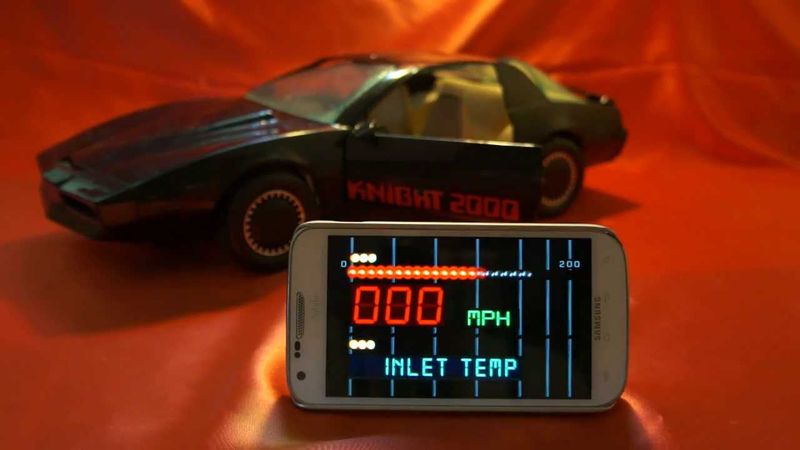
“Kitt, I need directions to the nearest gas station!” Michael Knight’s conversations with his intelligent car in the 1980s show Knight Rider made my childhood self dream of having my own talking vehicle someday. The artificially intelligent car responded to voice commands, provided navigation, answered questions, and even had a distinct personality.
Fast forward to today, and I regularly chat with Siri while driving, asking for directions, making calls, or changing music—just like Michael did with Kitt. The parallels between Knight’s sleek, self-driving Pontiac Trans Am and today’s voice-controlled smart vehicles are striking.
What makes this prediction particularly impressive is that it anticipated not just the technology but also our relationship with it. Kitt wasn’t just a tool but a companion with personality—much like how modern voice assistants are designed with distinct voices, response styles, and even jokes to make them feel more personable.
7. Babylon 5’s Kindle Predecessor

During a recent 90s sci-fi binge, I spotted something in Babylon 5 that made me pause mid-snack—characters using what they called “data crystals” and electronic tablets that looked suspiciously like today’s e-readers and tablets! The 1993 series featured rectangular devices where characters read books, reports, and documents electronically.
The fictional devices in Babylon 5 functioned almost identically to modern Kindles and iPads—they were portable, could store multiple documents, and displayed text and images clearly enough to replace traditional paper. Characters even handled them with the same casual familiarity we now have with our devices.
What’s particularly prophetic is that the show depicted these devices as having completely revolutionized how information was stored and accessed—a transformation we’ve witnessed in our own lifetime. The show even predicted the decline of paper documents, as most information in the Babylon 5 universe was stored and accessed digitally.
8. The Dick Tracy Watch Phone Fantasy
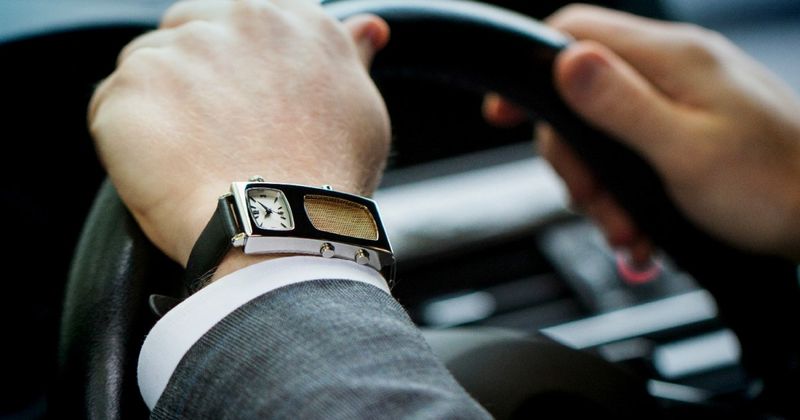
My grandfather used to tell me about the comic strip detective Dick Tracy and his fantastic two-way wrist radio, which later evolved into a two-way wrist TV in the 1960s. When the concept jumped to television in various adaptations, including the 1990 film, it seemed like pure fantasy—a watch that could make video calls? Yeah, right!
Fast forward to today, and I’m literally making FaceTime calls from my Apple Watch. The fictional detective’s wrist-worn communication device allowed him to both talk and see the person on the other end of the line, featuring a square screen on the watch face—almost identical to modern smartwatch design.
What’s remarkable about this prediction is its longevity. The Dick Tracy watch was imagined in 1946, meaning it took nearly 70 years for technology to catch up with the comic creator Chester Gould’s imagination. When Apple unveiled the Apple Watch in 2014, many headlines explicitly referenced Dick Tracy, acknowledging the prophetic vision.
9. Star Trek’s PADD Tablet Technology
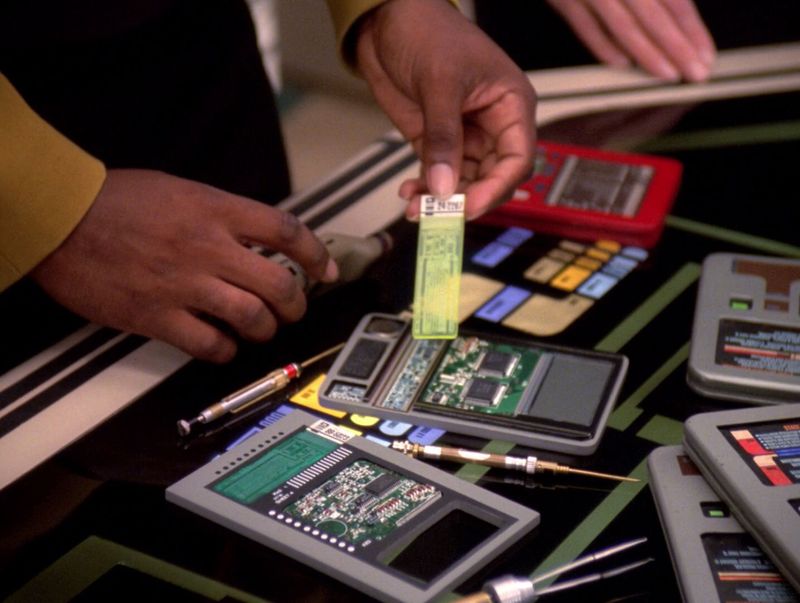
Star Trek: The Next Generation had me glued to the screen as a kid, but I never imagined I’d one day hold something similar to Captain Picard’s PADD device! These Personal Access Display Devices were flat, handheld computers with touchscreens that crew members used to read reports, access information, and control ship functions.
When Apple released the iPad in 2010, the similarities were so striking that tech journalists immediately made the connection. Both devices featured slim profiles, touchscreen interfaces, and the ability to access vast libraries of information. Even the gesture-based controls were similar!
What’s especially fascinating is how the show predicted not just the technology but the way we would integrate it into our lives. In Star Trek, PADDs were everywhere—multiple crew members used them simultaneously for different tasks, much like how tablets have become ubiquitous tools in homes, schools, and workplaces today
10. Minority Report’s Gesture Control Interface
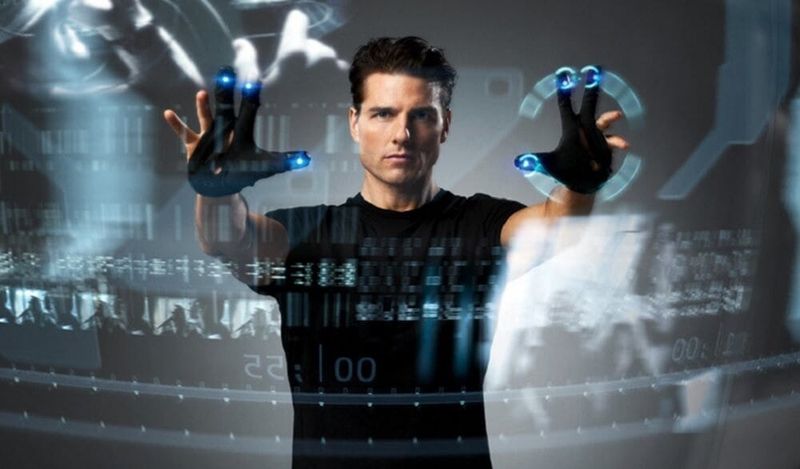
I remember watching Minority Report in 2002 and being mesmerized by Tom Cruise dramatically waving his hands to control computer screens. The film (which later spawned a TV series) showcased a futuristic computer interface where users manipulated data on transparent screens using elaborate hand gestures in mid-air.
Fast forward to today, and gesture control has become a reality in devices like the Microsoft Kinect, Nintendo Wii, and various smart TVs. While we’re not quite at the level of sophistication shown in Minority Report, the core concept—controlling digital interfaces through hand movements without physical contact—has materialized.
The film’s influence on technology has been so profound that interface designers explicitly reference the “Minority Report interface” when developing new systems. The movie’s technical consultant, John Underkoffler, even founded a company called Oblong Industries to create real-world versions of the gesture-based systems he designed for the film.
11. Black Mirror’s Social Rating System
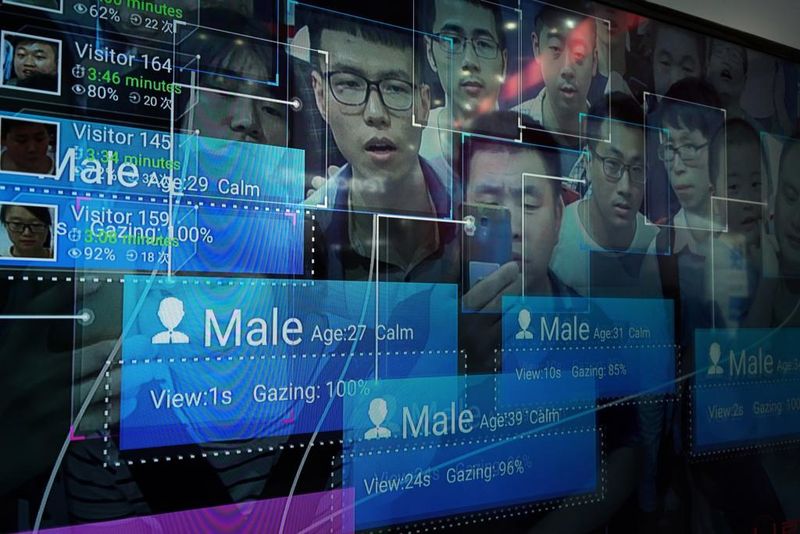
The first time I watched the Black Mirror episode “Nosedive” in 2016, I laughed nervously at its dystopian take on social media—a world where people rate each interaction with others, creating a societal ranking system that determines your access to services, housing, and transportation. Surely this was just clever satire, right?
Then I learned about China’s Social Credit System, which was being developed around the same time. While not identical to the show’s portrayal, the real-world system similarly assigns citizens scores based on their behaviors, with consequences for low scores including travel restrictions and limited access to services.
Apps like Uber, Airbnb, and even dating platforms have implemented rating systems where users rate each other, affecting access to services. The episode didn’t just predict a specific technology but a social trend—our increasing willingness to quantify human interactions and allow algorithms to determine social standing.
12. The Hitchhiker’s Guide’s Audio Translation Fish

The BBC’s adaptation of “The Hitchhiker’s Guide to the Galaxy” featured the Babel fish—a small creature you stick in your ear that instantly translates any language in the galaxy. As a language-loving teenager watching the show, I thought this concept was brilliantly absurd and impossibly futuristic.
Today, I regularly use earbuds that perform essentially the same function! Google’s Pixel Buds and similar devices can translate foreign languages in real-time, allowing conversations between people who don’t speak each other’s languages. While we don’t physically insert fish in our ears (thankfully), the core concept of an in-ear translation device has become reality.
What makes this prediction particularly impressive is that it anticipated not just the technology of language translation but the form factor—the idea that the most convenient way to experience translation would be through an in-ear device rather than a handheld one.
13. Inspector Gadget’s Wearable Tech Revolution
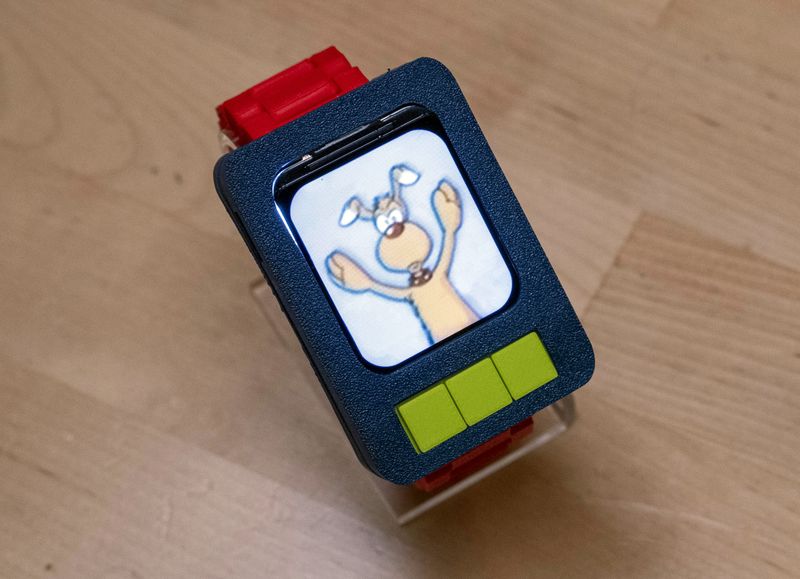
“Go go gadget arms!” As a 90s kid, I spent countless Saturday mornings watching the bumbling cyborg detective activate tools hidden throughout his body. Inspector Gadget’s tech-enhanced trench coat contained everything from helicopter blades to extendable arms, all activated by voice commands.
While we haven’t quite reached extendable neck territory, modern wearable technology has evolved to incorporate many gadgets into our clothing and accessories.
What makes Inspector Gadget’s predictions particularly forward-thinking is the concept of convergence—the idea that multiple technologies would be combined into single wearable items. This is exactly the trend we’ve seen, with devices becoming increasingly multi-functional while remaining unobtrusive. The show somehow anticipated our desire to have technology that enhances our capabilities while remaining virtually invisible.
14. Quantum Leap’s Voice-Controlled Computer
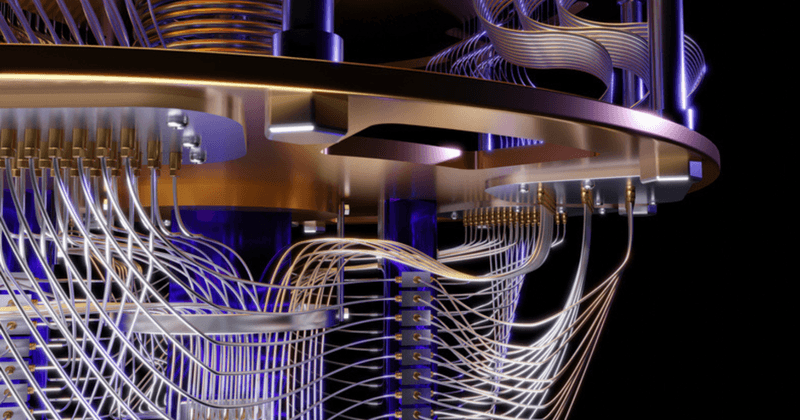
“Ziggy, give me the odds on this working!” Dr. Sam Beckett’s time-travel adventures in Quantum Leap featured a supercomputer named Ziggy that responded to voice commands, searched for information, and even had a personality.
Today, I regularly chat with Alexa, Siri, and Google Assistant in my home, asking them questions, giving commands, and even joking with them.
The show was particularly prescient in portraying voice interaction as the most natural way to communicate with advanced computers. Rather than typing commands or using physical controls, Quantum Leap correctly predicted that speaking to computers would become our preferred interface method, anticipating the voice-first approach that has become central to modern smart home technology.
15. Beyond 2000’s Smart Home Predictions
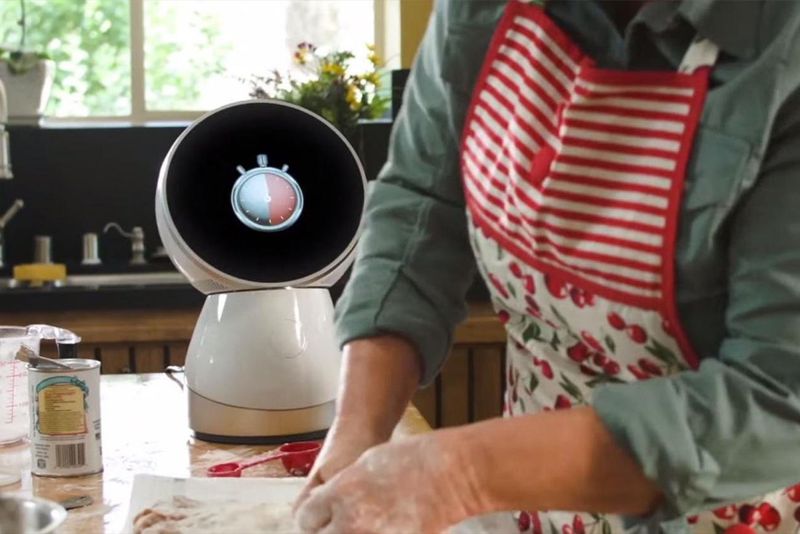
Growing up in Australia, the science show “Beyond 2000” was my window into the future. One episode from the late 80s showcased a “smart home” where lights turned on automatically, appliances could be programmed remotely, and security systems were controlled from a central panel.
At the time, this seemed like science fiction, but today I literally control my entire apartment from my phone! Modern smart homes feature connected lighting, thermostats, security cameras, door locks, and appliances—all controllable through voice commands or smartphone apps.
What’s remarkable about Beyond 2000’s predictions is that they anticipated not just individual smart devices but the entire ecosystem of connected home technology. The show correctly foresaw that the real innovation wouldn’t be any single smart appliance but the integration of multiple systems into a cohesive network.
